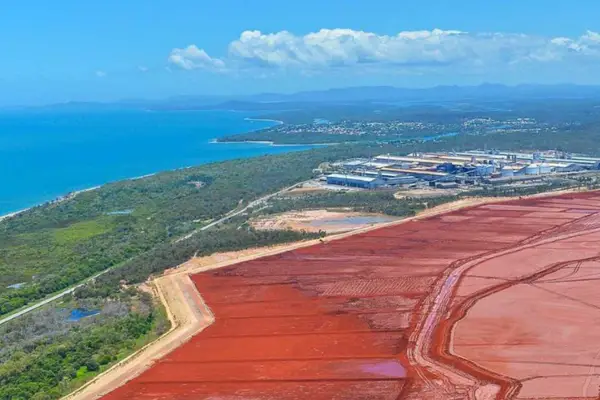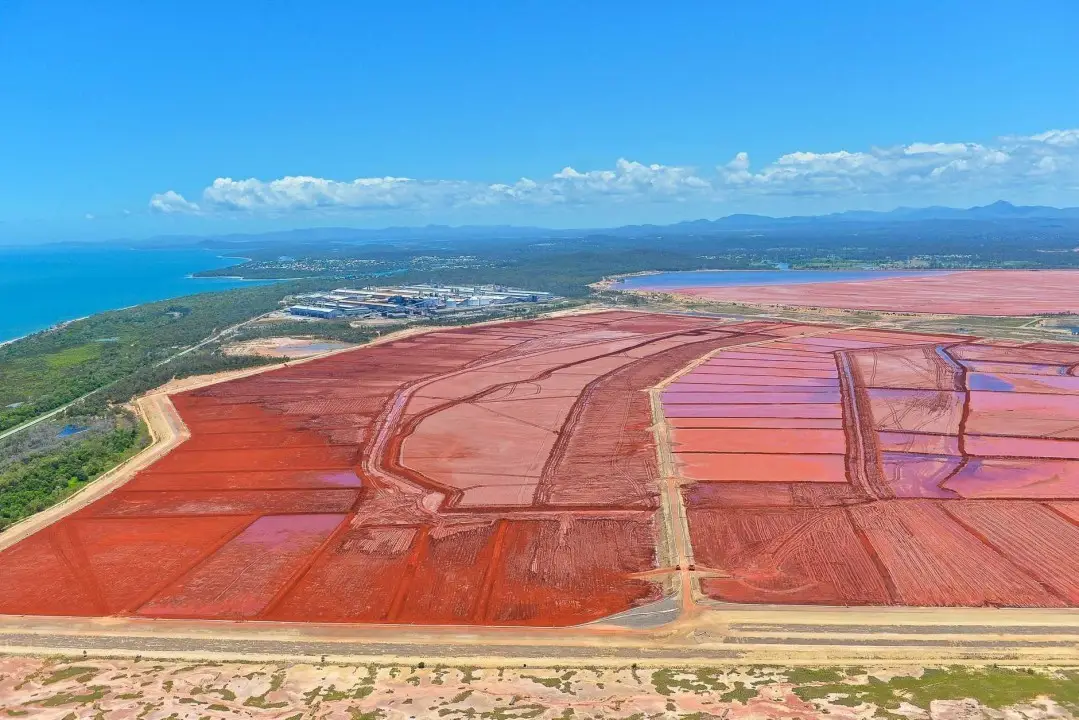IIT Madras researchers have developed a method to treat Red Mud using phosphoric acid.
Key highlights of the research:
- Method by IIT Madras allows the extraction of valuable components such as metals and minerals.
- Treated materials can be used to create new ceramic materials with dielectric and optical properties.
- These ceramics are beneficial in various applications including electronics and energy storage.
About Red Mud:
- Red Mud, or bauxite residue, is a byproduct of the Bayer process used in converting bauxite into alumina.
- It is characterized by its distinctive red colour due to its high iron oxide content.
- For every tonne of alumina produced, about 1 to 1.5 tonnes of Red Mud are generated.
- The global production of Red Mud in 2020 exceeded 175 million tonnes as a result of over 133 million tonnes of alumina production.
Environmental and Health Concerns:
- Red Mud contains toxic heavy metals like arsenic, lead, cadmium, chromium, vanadium, and mercury, which pose significant health hazards.
- Its high alkalinity makes it extremely corrosive, damaging to soil, harmful to aquatic and terrestrial life forms and poses a substantial environmental risk if not managed properly.
Ref:Source
| UPSC IAS Preparation Resources | |
| Current Affairs Analysis | Topperspedia |
| GS Shots | Simply Explained |
| Daily Flash Cards | Daily Quiz |



